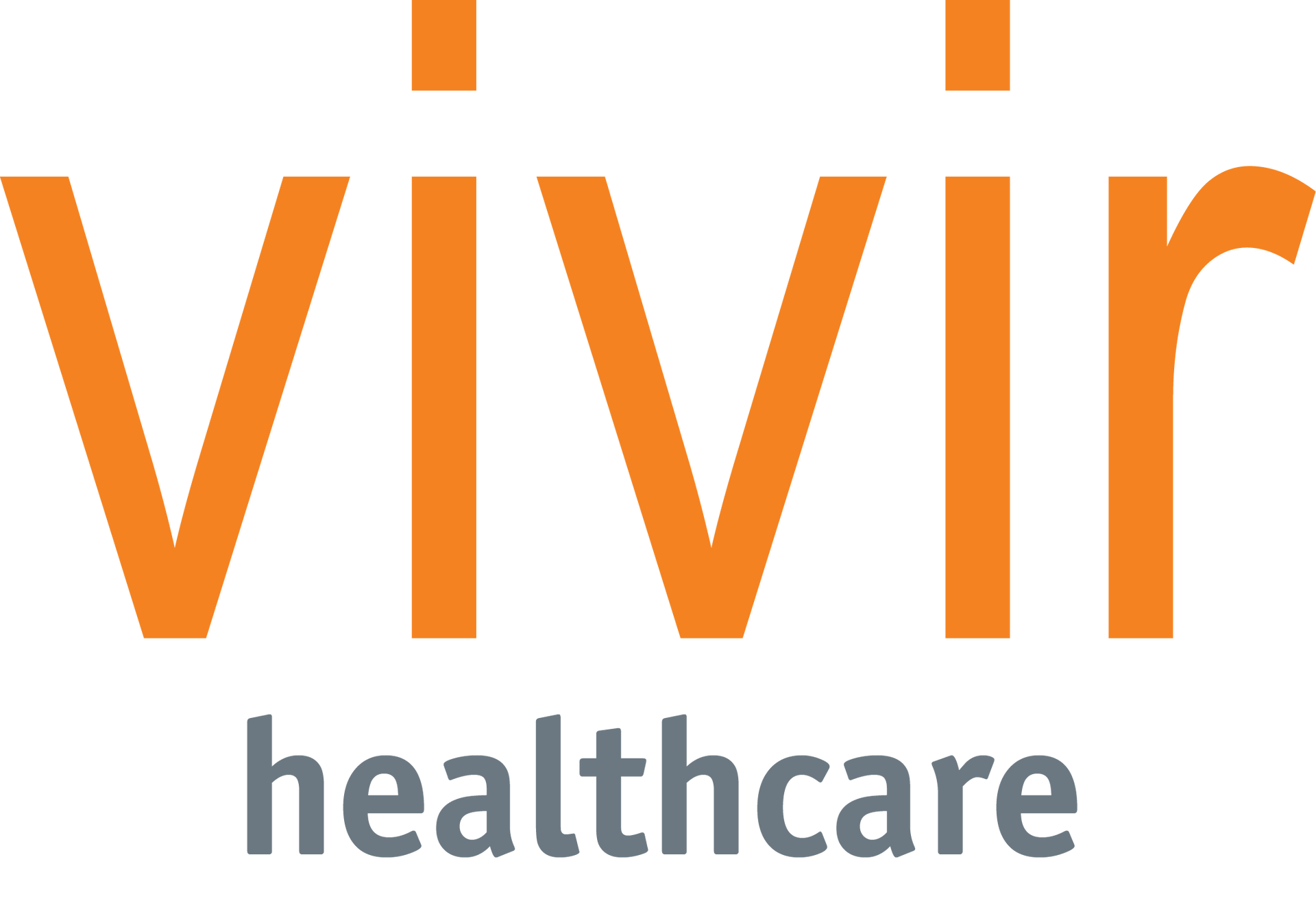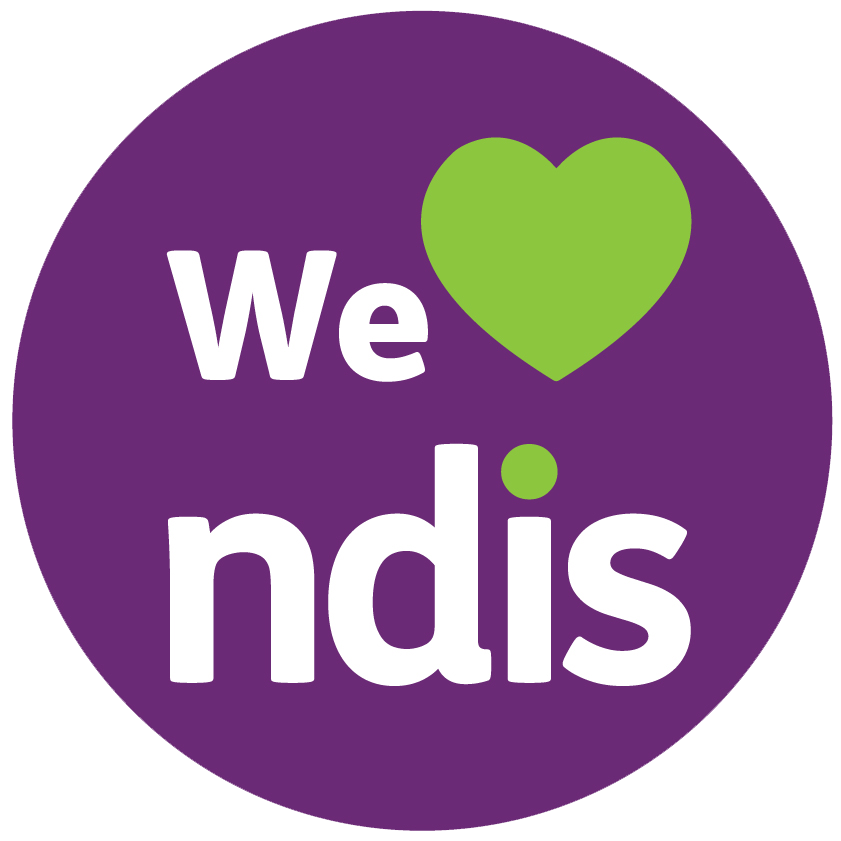International Women’s Day Reflections from our EGM
To celebrate International Women’s Day, Vivir Healthcare held a competition for our team members to share their personal stories of women in their lives who inspire – Balance for Better.
We have selected our winner’s stories to share with you. ‘Mothers and motherhood’ were by far the standout inspirational themes amongst our team. Hardship balanced by resilience, sacrifice balanced by achievement and adversity balanced by hope were reflected in their entries. We hope these stories inspire you as they have inspired us at Vivir.
Our EGM Karen Leighton reflects on how she strived for “Balance for Better” in the workplace. Karen shares her personal story of how the 2019 International Women’s Day theme has touched her personally.
Karen first started her professional career as a Business Manager at an American multinational company, she was often overlooked on invitations to corporate functions open to key clients and male Business Managers. Golfing tournaments at prestigious UK golf courses were not considered a woman’s domain. Karen was, in fact, a very accomplished golfer however, she was never asked to participate – certainly a feeling of lack of inclusion, discrimination and unrecognised potential.
In response, Karen decided to start the first ‘women in diversity’ group. This was embraced by her fellow female colleagues and provided them with a platform to promote diversity and gender balance in the workplace.
As Mother Theresa said, “I alone cannot change the world, but I can cast a stone across the waters to create many ripples.” Karen is proud that she found her voice at this time as all functions subsequently were discussed as a group and invitations were open for all to attend.
To all our Vivir Healthcare lovely ladies who daily bring – Balance for Better – to our clients, staff, team members, residents and community members – you are truly inspirational women!
Keep up the great work in your efforts to achieve – Balance for Better!
“ For me there is countless women in my life that have made, inspired and continued to encourage me in every aspect of my life, shaping me into the person I am today. My mum for one is the single most driven, caring and kind human who some how has managed to bring up 3 daughters as well as managing a husband and further a full time job looking after more children as a primary school teacher. Every day without fail she would manage to work a long 10-12 hour day, come home to a house full of kids, make dinner followed by the washing up, because god forbid the children could actually help – it’s not until I moved out of home I realised just how special she really is, super woman you could say OR just incredibly well versed in the juggling/balancing act that is life.
The second beautiful woman in my life is my partner. This wonderful human (although I may be slightly bias) has pushed me to delve into areas that I may have passed up without a little “loving” nudge. She is understanding and empathetic to all and any issue I have faced. Forever willing to sit there and listen to me rant and rave about whatever it is that may be going on, or ready with killer advice that always seems to come at that exact right time. She is passionate and enthralled in so many aspects of life which continues to inspire me to be the best version of myself.
The list could go on and on, my sisters, my Aunty, my cousin, my nana and all my beautiful friends. I feel beyond blessed to have all these empowered, strong and beautiful women around me, they have pathed the way for me and shown that although life isn’t always easy to handle, balance is inevitably always there if surrounded by the right women. ”
– Gabrielle Treacher, Occupational Therapist
“The woman who has inspired BALANCE in my life is my mother. When I think about balance the first thing that comes to my mind is how a mother, who has been divorced in times where society wasn’t so open to this matter, could raise a child by “herself” and at the same time follow her path to build her career. According to my point of view she was very successful in achieving balance between motherhood and career. She is civil engineer, working for a bank in Logistics department and is very well respected. She raised her daughter (in this case myself) very well I would say (teaching me how to follow my own steps). By giving examples like this you can motivate women in the same condition that are afraid of pursuing their dreams because of their children. Balance in this situation is very important because it allows you to take care of yourself at the same time you take care of others. Abdication is not the way to go, but BALANCE is.”
– Alessandra Bandeira, Payroll Officer
“My Mum.
My Mum is a calm soul. She is a high school teacher, and a very quiet achiever, But, she is not without achievement. She has provided innovative and supportive education to the high school students that she teaches. She is loved by her students and colleagues. She has achieved a senior status of teaching and has never once complained about going to work. She has such a gentle and quiet nature, but will defend her beliefs and achieve what she sets out to achieve. She is such a beautiful person, inside and out, and very humble. She inspires me to be as strong as she is, as great a cook as she is (this is the hard bit!), as calm as she is with my children, as generous as she always is, and as helpful as she always is. My Mum never hesitates to lend a helping hand. She is such a kind and loving person, and that is what I love so much about her. She inspires me, and makes me feel like a more balanced person. I feel like she balances all of us.”
– Anshu Dissamayake, Senior Clinician Physiotherapist
“I would like to take a moment and praise my Mother in law who has been an inspiration for me since last 6 years of my married life.
Not only as a Manager at well known Insurance company in India, but also as a Mother, Grandmother and respected female member she has been role model for so many young generations of our extended family members.
She holds both traditional and modern values in same plate. She has been able to balance her work life and yet keeping the family as tight knot at same time. Keeping her time permitted, she loves playing badminton, cricket and cycling. At 62 years she has started learning swimming and I can proudly tell, she’s best swimmer in family.
A person who cares for family and emotions more than money, I truly look at her as my best guidance. She always take time to call her kids (us) and be first in helping anyone in need.
I am very proud to be called her daughter in law and happy to be part of her family, which is my family now.”
– Sangeeta Solanki, Senior Clinician Physiotherapist
If you’d like to learn more about Vivir Healthcare’s allied health services contact us.








